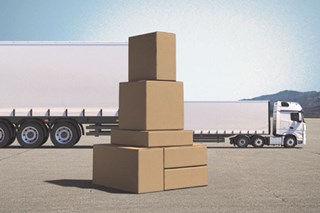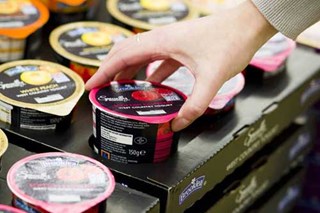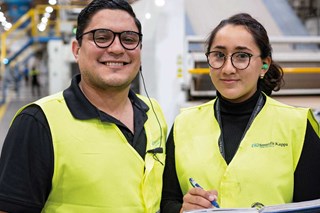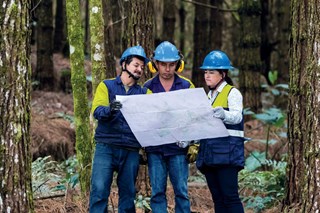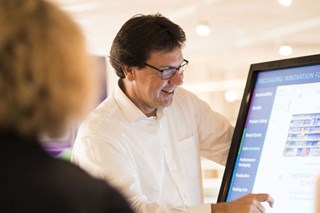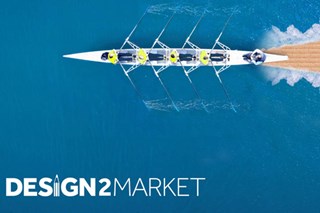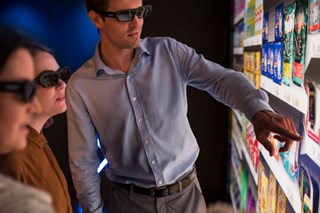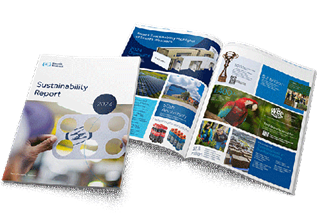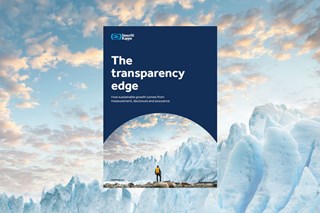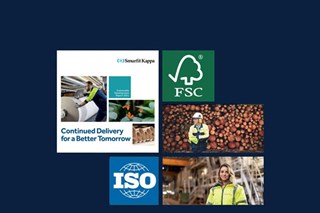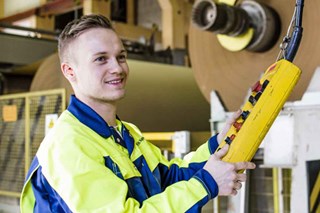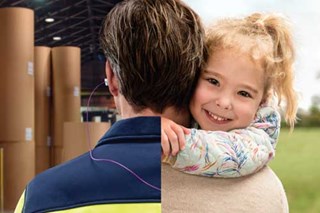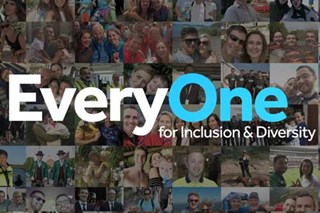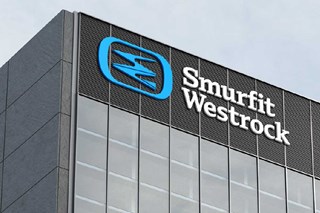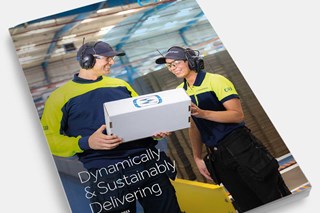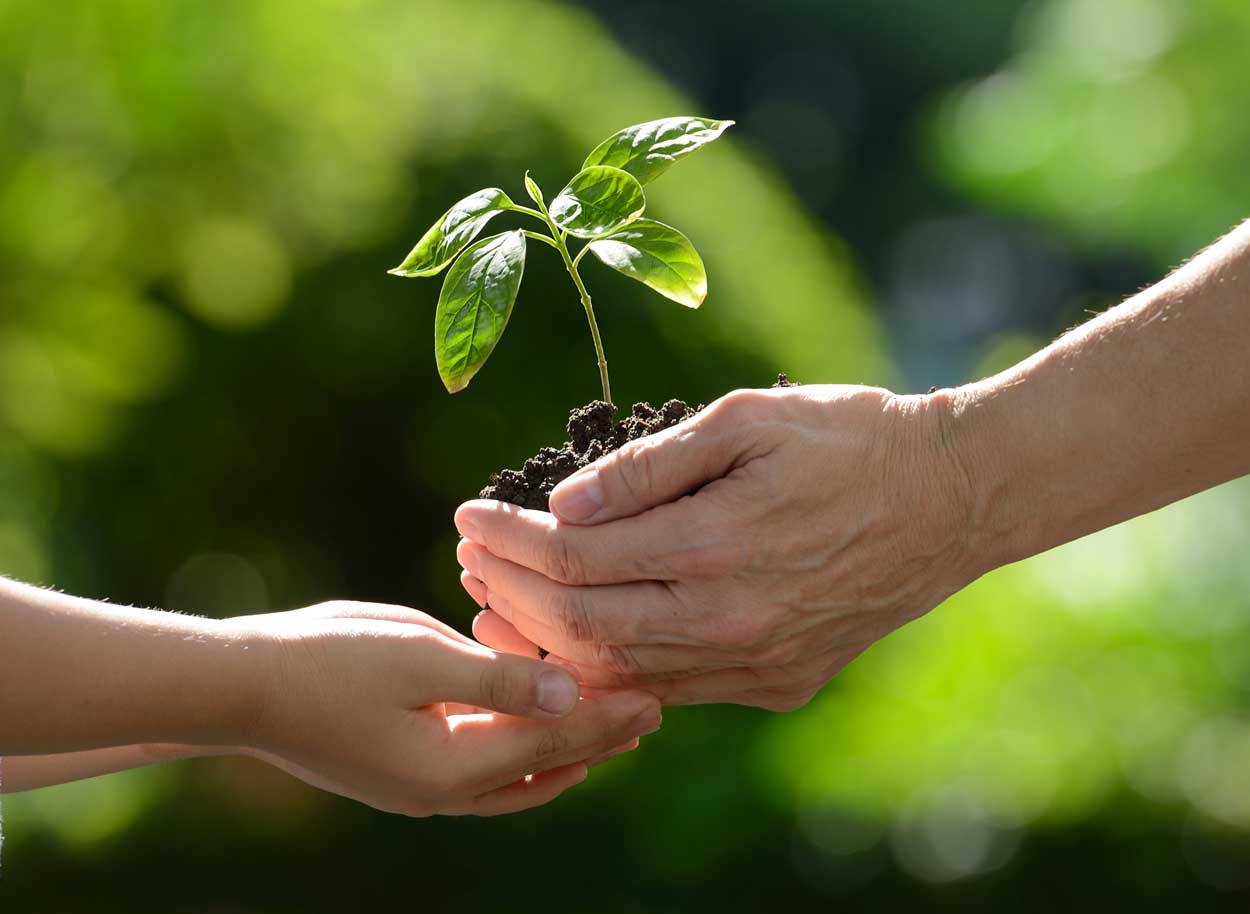The multinational brewer is harnessing sustainability data to increase its credibility with consumers and investors
In 1875, with the aim of better understanding the science of brewing, JC Jacobsen founded the Carlsberg Research Laboratory. In the years since, the lab – which is still in Jacobsen’s home city of Copenhagen – has revolutionised modern brewing: it is where the pH scale was invented, pure yeast was discovered and the barley genome was sequenced.
A scientific approach has been part of Carlsberg’s DNA ever since. Now, the multinational brewer is using science and data to pursue sustainability. In 2017, Carlsberg was among the first 10 companies in the world, and the first brewer, to have its carbon targets approved by the Science Based Targets initiative (SBTi). These kinds of rigorous measurements help to stop corporate sustainability efforts from becoming a box-ticking — or even greenwashing —exercise.
Only 50 per cent of businesses say they have tangible and ambitious plans to achieve net zero by 2050
But research commissioned by Smurfit Kappa and conducted by FT Longitude shows that many businesses struggle to even set net zero targets in the first place. Only 50 per cent of businesses say they have tangible and ambitious plans to achieve net zero by 2050, and just 51 per cent have set measurable sustainability goals based on industry-specific benchmarks.
Data forms the foundation of sustainability targets
Robust sustainability measurement needs data. In the Smurfit Kappa research, consistent use of or access to data is businesses' top barrier to improving the credibility of their sustainability initiatives, and businesses struggle to collect the huge amounts of data they need with the accuracy and speed that makes it useful.
Simon Boas-Hoffmeyer, senior director, group sustainability and ESG for the Carlsberg Group, says that improving data use requires systematic change: “Having a system, having a consistent approach to it, and having ‘four eyes’ principles on every single piece of data you collect means that you actually have the ability to collect data fairly fast and with a fairly good level of quality.”
For Carlsberg, setting clear and measurable SBTis has been central to this. The business wrapped up its Together Towards ZERO and Beyond programme in 2022 having exceeded its targets on carbon and water: since 2015 it has reduced relative carbon emissions by 57 per cent and relative water use by 31 per cent.3
Boas-Hoffmeyer says part of this success comes from aligning targets with areas where the company could make the biggest difference: “There were a lot of ratings where we simply refrained from answering the questionnaires because we did not think it added value for our sustainability programme.”
Start slowly with Scope 3 data
The data challenge becomes much more difficult when it comes to Scope 3 emissions, which are all indirect emissions that occur in the value chain of a company. While 61 per cent of businesses in the research are tracking their Scope 1 emissions, and 31 per cent their Scope 2 emissions, just 12 per cent are able to quantify their Scope 3 emissions.
“We would rather have more accurate data every three years, rather than having secondary data every year.”
“Now, the talk of town is Scope 3,” says Boas-Hoffmeyer. And there is increasing scrutiny across the board, he adds, including: “the validity of data, the depth of data, the depth of change in the value chain, and also whether you are able to consistently track your actions in the value chain to actual reductions”.
To ensure accuracy, Carlsberg initially decided to collect Scope 3 data every three years. “We would rather have more accurate data every three years, rather than having secondary data [data collected indirectly] every year,” explains Boas-Hoffmeyer.
Now that the data foundations are in place, the company is moving to collecting Scope 3 data annually. “One of the major differences between our approach and that of many other companies is that we are not relying only on economic input/output models and secondary data in order to see and drive our reduction of Scope 3,” says Boas-Hoffmeyer. “We are looking at primary data.”
Investors now expect much more
Accurate and reliable sustainability data is also increasingly necessary to keep up with the requirements of investors. “The amount of tailored, specific questions from our investors, and the number of one-to-one meetings that we are now having to satisfy the investor requirement for transparency has grown exponentially,” says Boas-Hoffmeyer.
“The number of one-to-one meetings that we are now having to satisfy the investor requirement for transparency has grown exponentially.”
Satisfying investors that a business has a full grip on its sustainability data is essential, because investors now scrutinise environmental performance. “Back in the day, there was a lot of box-ticking from investors on sustainability, but that has changed significantly,” says Boas-Hoffmeyer. “Investors have a real interest in understanding the profile of their investments from the perspective of either opportunity or risk.”
For businesses, shifting from box-ticking to targets rooted in systematised data collection across Scopes 1, 2 and 3 is not an easy task. But as JC Jacobsen showed over 100 years ago, a science-based approach can really pay off.

